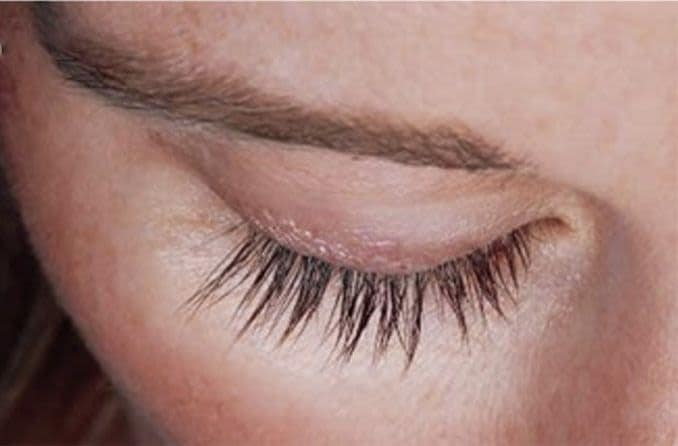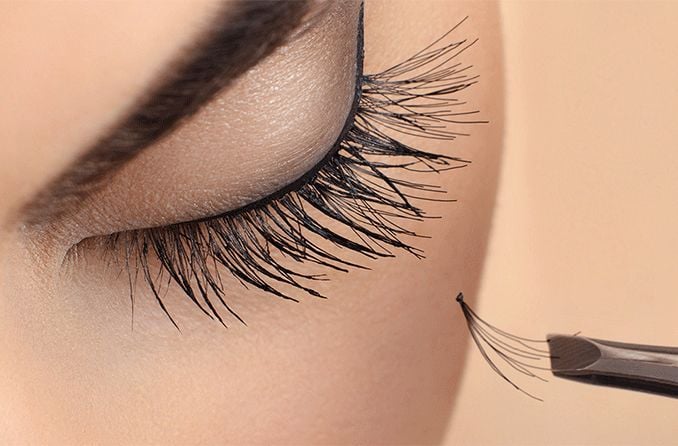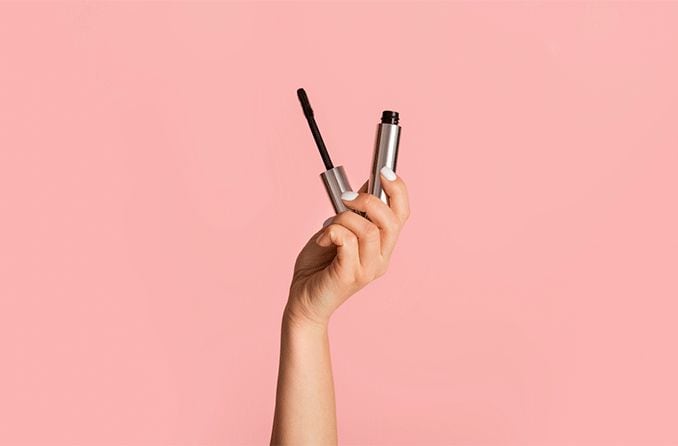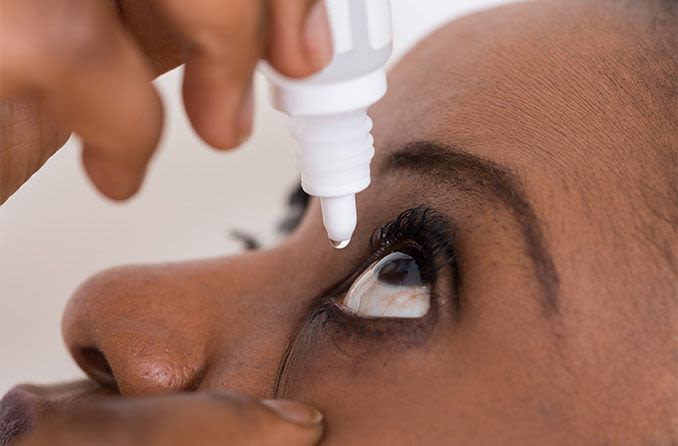What is Latisse?
Latisse is a prescription eye solution that helps eyelashes grow thicker and fuller. The serum is applied to the base of the eyelashes on the upper eyelid using a special applicator. It is not applied to the lower eyelid or the eye itself.
Latisse is often used to treat eyelash hypotrichosis, the medical term for having insufficient or too few eyelashes.
Latisse eyelash serum is actually a version of a glaucoma eye-drop medication called bimatoprost, which has been in use since the FDA approved it in 2001. During that period, eye doctors and their patients noticed longer, fuller eyelashes growing over time.
In December 2008, the FDA approved Latisse — the same medication, but reformulated for eyelash growth. Generic versions of Latisse are also available.
Celebrities like Jenny McCarthy and Mandy Moore have reportedly used Latisse, and its advertising spokespeople have included Brooke Shields and Claire Danes.
But should you try it for yourself?
How does Latisse work?
It isn’t fully understood how Latisse lengthens, thickens and darkens eyelashes.
Like the hair on top of your head, eyelashes also sprout, grow for a while and eventually fall out. Latisse both extends the growth phase and increases the number of hairs that sprout.
Latisse serum is applied by dabbing it along the upper lash line each night with one of the sterile applicators supplied. The ointment then spreads to your lower lash line automatically as you blink.
Before you apply it, you’ll need to wash your face and remove any makeup and/or contact lenses.
Each applicator needs to be thrown away after one use. Re-using applicators, even just one time the next evening, can cause serious problems, such as an eye infection or allergic reaction.
Latisse should be applied carefully, since it can encourage hair growth on other skin areas, too.
You may begin to see results after about two months of routine use. After three or four months, your doctor may recommend reducing applications to once every two days.
If you stop using Latisse, your eyelashes will eventually return to their original state.
Study participants experienced the following results after 16 weeks:
- Eyelash length increased by 25%
- Thickness and fullness increased by 106%
- Eyelash darkness increased by 18%
SEE ALSO: Eyelash extensions and hypoallergenic mascaras
Possible Latisse side effects
Latisse eyelash lengthener is safe for most people, according to the clinical studies conducted before FDA approval.
However, you may not be a candidate for Latisse if you:
- Have uveitis or conjunctivitis
- Are at risk for macular edema
- Have severe allergies or skin infections of the upper eyelids
- Are pregnant or nursing
The active ingredient in Latisse lowers the pressure inside your eye. If you are already using pressure-lowering medications for ocular hypertension or glaucoma, tell your eye doctor before you try Latisse.
Common side effects among participants included:
- Eye redness and/or itchiness (most common)
- Dry eyes
- Eyelid skin darkening
Most study participants didn’t experience any problems if Latisse accidentally got into their eyes.
The manufacturer of Latisse reported that permanent brown pigmentation of the colored part of the eye — the iris — is another potential side effect. However, it was not reported among any study participants.
Tell your doctor if you experience any side effects and let them know if you have vision problems, eye infections or allergic reactions. Make sure to tell your doctor if you are planning to have any eye surgery in the near future.
Latisse cost
A supply of 60 applicators for one month is about $120, but the price may vary from one source to another.
Some sources offer volume discounts if you buy a certain amount of Latisse at once — a three-month supply, for example.
Where to buy Latisse
Latisse is a pharmaceutical drug, not a cosmetic, which means you’ll need a prescription from your doctor.
Be aware that not every doctor will be familiar with Latisse. Eye doctors, cosmetic surgeons and dermatologists are more likely to know about the drug and its availability.
These doctors will be able to walk you through any potential side effects and answer any questions.
READ MORE EYELASH ARTICLES:
The best mascara for sensitive eyes
Are magnetic eyelashes safe to use on your eyes? Ingrown eyelashes
Eyelashes: Definition, function and potential problems
Eyelash serum and how it works
Adam Debrowski also contributed to this article.








